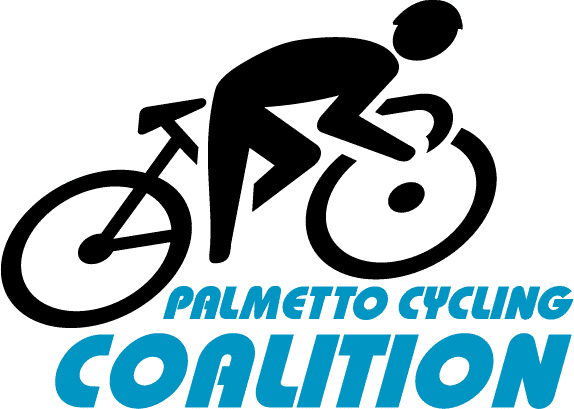Truths Revealed and a State Policy solution

For the past few years, the Palmetto Cycling Coalition has been analyzing crash statistics – of people in South Carolina seriously injured or killed by motor vehicles, while walking or riding bicycles. A couple of interns have worked on this, and then one fantastic Policy Fellow, Chris Clark, took this analysis to an entirely higher level. We have now arrived at a set of summary statistics that while disturbing, present a truth that is no surprise. We face this head on, with the aid of numbers in black and white. These numbers are an aid in our continued efforts to broaden our partnerships as we all work to build a more bike and walk friendly South Carolina. With safer street access, our communities have more dignity, in addition to more job access, livability, access to open space, transportation and recreation options, and greater public health.
Below is a snapshot of our safety problem on state owned roads. Also below are key points that illustrate just how critically important a state policy is for Complete Streets.
In South Carolina:
- We are 28% African American
- 45% of pedestrian and bicycle injuries and fatalities are African American.
- Approximately 70% of our roads are state owned
- Approximately 95% of pedestrian and bicycle fatalities are on state owned roads, and approximately 85% of pedestrian and bicycle injuries are on state owned roads.
- Our state has an unofficial policy that it will not fund pedestrian and bicycle accommodations on state roads. It recommends them, but puts virtually no money towards them. Exceptions are the Transportation Alternatives and Safe Routes program (and others), yet investments in vulnerable road user safety still pales in comparison to the number of us on the roadway. Understood is that pedestrian and bike accommodations are a local expense – yet still subject to state highway design. The challenge is state street design remains persistently arcane and is documented as more dangerous to the safety of people on foot and bikes, than the modern urban design manuals. This all occurs regardless of repeated attempts to improve that design, by the Palmetto Cycling Coalition and other local affiliated organizations – all working to improve the safety of all vulnerable road users, pedestrians and bicyclists, people on foot, bike, or on the way to a transit stop.
Biking and walking has always been inherently local. Innovation has always been grassroots. Yet safety on state streets requires a state solution. The PCC and a growing group of state and local partners are committed to bringing years of input on a promising state policy solution to our state transportation agency. We have a state Complete Streets policy, and we are building a broad campaign. Because we need positive changes we can all live and thrive in.

And last, please take a moment to read the most thorough analysis yet in our state that analyzes just who we are serving with safe streets, greenways, bike lanes, and sidewalks. Gentrification is real and complex, but undeniable is how easy it is to more equitably provide the public with safer streets, through state and local policies that patches gaps and inequities in safe street access, by prioritizing such fundamentals as safety and health, all through a central policy that enables better street design, at the local level. The PCC has been partnering with others to give this topic greater voice and diversify leadership in the growing call for more livable communities, and we continue to do so. Because a livable community is a just community.



Yes! Thank you for your efforts on this. How can we help?
Thank you for your interest! Campaign is just now getting started. Stay tuned! Right now, just make sure you are subscribed to our email listserv. Thank you!